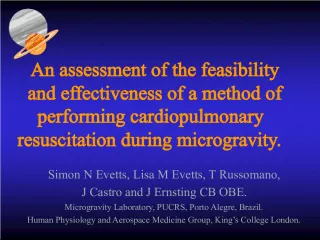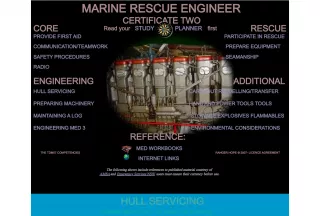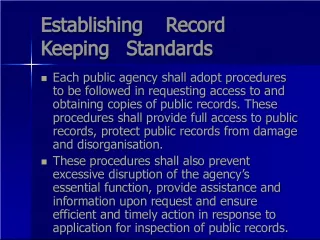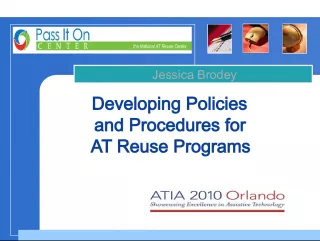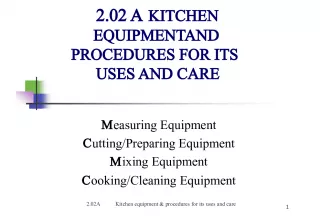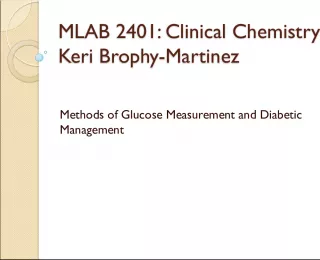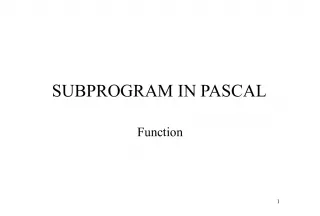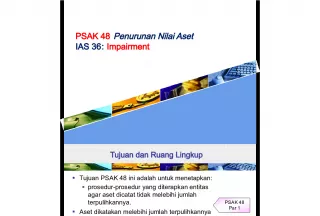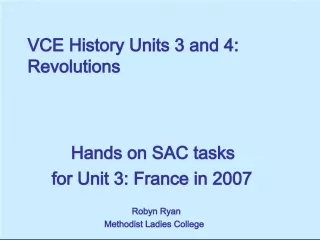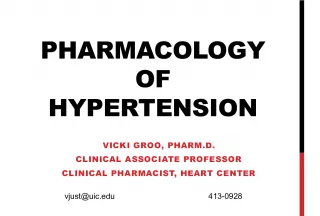Resuscitation of Pregnant Woman: Procedures and Considerations


When a pregnant woman experiences a cardiac arrest, specific resuscitation procedures should be followed. This article discusses the causes of cardiac arrest in pregnancy and the correct positioning and technique for resuscitation.
- Uploaded on | 0 Views
-
 winston
winston
About Resuscitation of Pregnant Woman: Procedures and Considerations
PowerPoint presentation about 'Resuscitation of Pregnant Woman: Procedures and Considerations'. This presentation describes the topic on When a pregnant woman experiences a cardiac arrest, specific resuscitation procedures should be followed. This article discusses the causes of cardiac arrest in pregnancy and the correct positioning and technique for resuscitation.. The key topics included in this slideshow are pregnant woman, resuscitation, cardiac arrest, fetal water embolism, hypertension,. Download this presentation absolutely free.
Presentation Transcript
1. Pregnant woman resuscitation Near drowning Electrocution MUDr.M.Grochov PhD I.KAIM, LF UPJ a UNLP, Koice
2. Pregnant woman resuscitation Causes of cardiac arest Cardiac disease trombembolism Fetal water embolism Pregnancy related hypertension Extra-uterine gravidity Bleeding Sepsis ERC, 2005
3. Pregnant woman resuscitation Left lateral position (15 degrees left ) Hands position upper than in the middle of sternum Adhesive pads more useful OTI with the pressure on the cricoideal cartilage
4. Pregnant woman resuscitation Gestational age < 20 weeks : no C.S . Gestational age 20 - 23 weeks : urgent C.S . fore mother sake Gestational age > = 24 - 25 weeks : urgent C.S . for mother and newborn sake
5. Pregnant woman resuscitation Delivery can by helpfull for improving prognose of succesfull resuscitation Start hysterotomy 4 min. after cardiac arrest
6. Near drowning Asfyxia airways occlusion after drowning Conected with aspiration, submersion, bacterial contamination of airways Wet drowning - aspiration Dry drowning without aspiration (laryngospasm)
7. Near drowning BLS - breathing Lift a victim from the water into a bout or towards waterside Personal safety Initial arteficial breaths important - 1 min Trained professionals in the water Others - shallow water, waterside, firm base Non breathing If > 5 min towards the waterside + 1 min then stop artef. breaths and transfer towards the waterside If < 5 min towards the waterside transfer s ynchronized with artef icial breaths No effort to empty airways Regurgit ation by 86% of pac. breathing and chest compressions
8. Near drowning Aspired water removement from lungs capillars impossible- dont try to remove water! Secundary near drowning lungs insuficiency 72 hours after near drowning
9. Near drowning Near drowning sequalae hypoxia Ice cold water hypoxia tolerance By submersion start CPR even after 20-60 min. of cardiac arrest
10. Near drowning BLS chest compressions, AED C spine injury In the water - uneffective chest compressions, start immediatly after lifting on the waterside Dry skin befor AED If TT < 30C maxim. 3 shocks , next after warming
11. C spine injury suspected Fix neck in the neutral position, turn into supine position before lifting from the water If changing position on the waterside turn dead, neck and the rest of body as one complex By rescue breaths head is neutral position with jaw thrust or chin lifting
12. Near drowning Every victim even consious after CPR (even minimal) must be transported to the hospital and hospitalized
13. Electrocution potentially devastating multisystem injury adults - in the workplace high voltage ch ildren primarily at home, the voltage is lower (220V ,110) lightning strikes - rare, 1000 deaths each year e lectric shock injuries - direct effects of current on cell membranes and vascular smooth muscle r espiratory arrest - paralysis of the central respiratory control system , respiratory muscles after high voltage, may persist for several hours
14. Cardiac damage after electrocution VF the commonest initial arrhythmia after highvoltage AC shock if cerrent traverses the myocardium during the vulnerable period myocardial ischaemia - coronary arteryspasm a systole after DC shock primary or secondary to asphyxia following respiratory arrest use standard protocols for this and other arrhythmias
15. Lightning strikes surviv ors of the initial shock - extensive catecholamine release or autonomic stimulation may occur - hypertension, tachycardi a , nonspecific ECG changes (including prolongation of the QT interval , transient Twave inversion) myocardial necrosis 300 kV over a few milliseconds m ortality from lightning injuries is as high as 30%, with up to 70% of survivors sustaining significant morbidity
16. Electrocution - CPR Ensure that any power source is switched off and do not approach the casualty until it is safe Start standard basic support without delay Remove smouldering clothing and shoes to prevent further thermal injury Airway management difficult if there are electrical burns around the face and neck Early tracheal intubation is needed , as extensive softtissue oedema may develop causing airway obstruction Head and spine trauma can occur after electrocution Immobilize the spine until evaluation can be performed .
